Understanding Your Options
Tubal ligation is associated with a decrease in ovarian cancer risk and refers to techniques that destroy, occlude, or excise a portion of the fallopian tube. Techniques include surgical clips or rings, cauterization, or removal of segments of each Fallopian tube. Complete removal of both Fallopian tubes in women who are otherwise undergoing tubal ligation or hysterectomy has been proposed as a strategy to reduce the risk of ovarian, tubal, and peritoneal cancers. This is based upon increasing evidence that some ovarian cancers are actually primary fallopian tube malignancies. This procedure is done laparoscopically on an outpatient basis, with little down time.
The microinsert system (Essure) was approved by the US Food and Drug Administration (FDA) in 2002 and was removed from the market in in the United States in 2018. Complications such as pelvic pain and menstrual abnormalities have occurred following this type of sterilization, both of which are circumstances in which it might be necessary to remove the microinsert. Prior to attempted removal by any method, imaging is used to determine the location of the coils for surgical planning. Most of the time, the Essure can be removed hysteroscopically or laparoscopically depending on the location of the coils.

Make an Appointment
Request your next appointment date. Our Scheduling Staff will reply back with all available appointment date and time options that meet your requirements.
*Please Note: Dr. Rebeles does not offer prenatal care.
Additionally, Dr. Rebeles is no longer accepting new patients, effective May 1, 2024.










